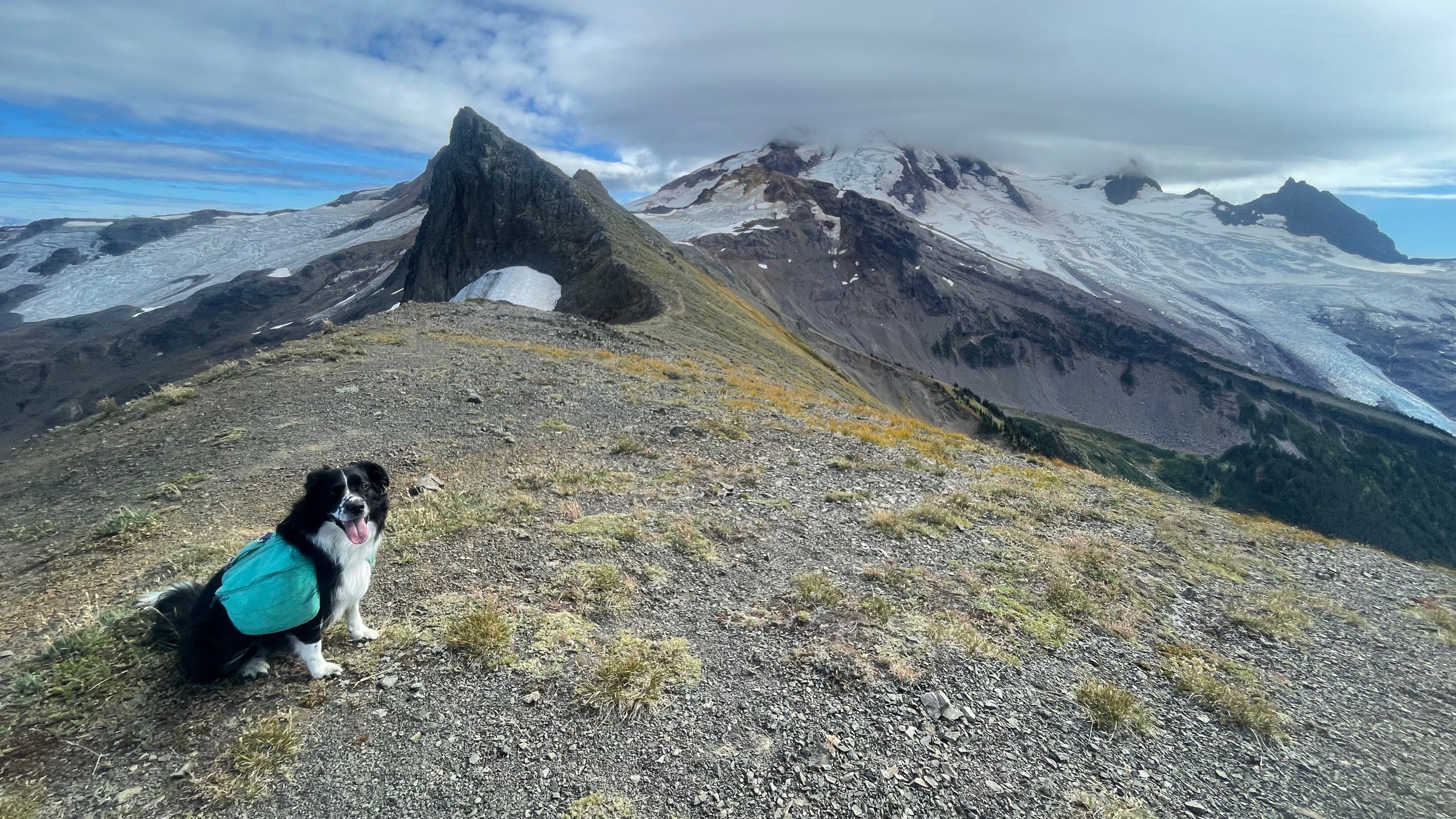You’re on a hike with your dog when his paws start bleeding on sharp rocks. Soon after, he refuses to move. It’s not possible to carry him out, because he’s not only injured but stubborn and heavy. You’re miles from your car and dark is coming. So what do you do?
If a human is in trouble, the easy answer is to call search and rescue either with a cell phone or satellite communicator. But if an animal needs rescuing, the answer isn’t so simple.
Many SAR organizations will not respond to emergency calls for an injured animal. They are restricted by law to only dispatch missions for humans, says Keelan Cleary, a member of , which serves Oregon’s northwest corner.
The dispatching agency—in the western US, usually a sheriff’s office; in the eastern US, either a fish and wildlife office or a fire department—must take into account the risks of a mission as well as a team’s bandwidth. Since many teams are made up of volunteers, there’s only so much time and energy they can offer.
It doesn’t mean that SAR team members aren’t animal lovers. Cleary, who has two dogs and a cat, brings treats on every mission just in case an animal is involved.
“When we do deal with animals, it’s usually because a human is injured and the pet is with them,” says Cleary.
Oregon is among the rare places, along with , , and Los Angeles, with an animal-specific rescue organization. Hikers can call the (OHSTAR) team if their pet is in trouble. The team is trained in high angle ropes, tree climbing, and austere environment training, which includes map reading, terrain analysis, risk mitigation, and first aid.
This summer, OHSTAR rescued a Newfoundland named Levon after his owner took him camping in the Mount St. Helens area for respite from a Portland heatwave. That night, Levon started showing signs of heat stress, and in the morning, despite a cool evening and lots of water, he was unsteady and started to stumble. The rescue team arrived quickly with a special piece of equipment called a stokes basket to carry Levon, who weighs more than 100 pounds. Other OHSTAR missions have included saving a horse stuck in deep snow and a dog stranded for a week on a steep cliffside.
Cleary recommends that all pet owners, especially those without access to a rescue organization, add a few more items to their list of 10 essentials in case they ever need to spend a night on the mountain—either because the hiker is in distress or their animal is.
Along with extra layers, water, and food for you, he recommends bringing water and food for your animal. Duct tape can also be a lifesaver; Cleary says he once made a bootie when his dog’s paw pads got scraped. He also brings a lightweight fabric sling in the event he ever has to carry a dog off the trail. Here are for caring for your adventure animal:
- Keep your dog hydrated on the trail. Carry a collapsible dish and offer them water often, especially if it’s hot out.
- Choose pet-friendly trails. Make sure you’re aware of your pet’s physical limits—it’s best to start slow and ramp up the difficulty as you and your pet gain experience hiking together. It’s best to leave your pet at home for technical scrambles and high mileage days. Make sure to follow any restrictions for the area you plan to hike.
- Spend time training recall and obedience off the trail so you can be confident in your control over your pet in the backcountry.
- Familiarize yourself with before embarking on longer adventures, just in case something happens, so a call for help is your last resort.


